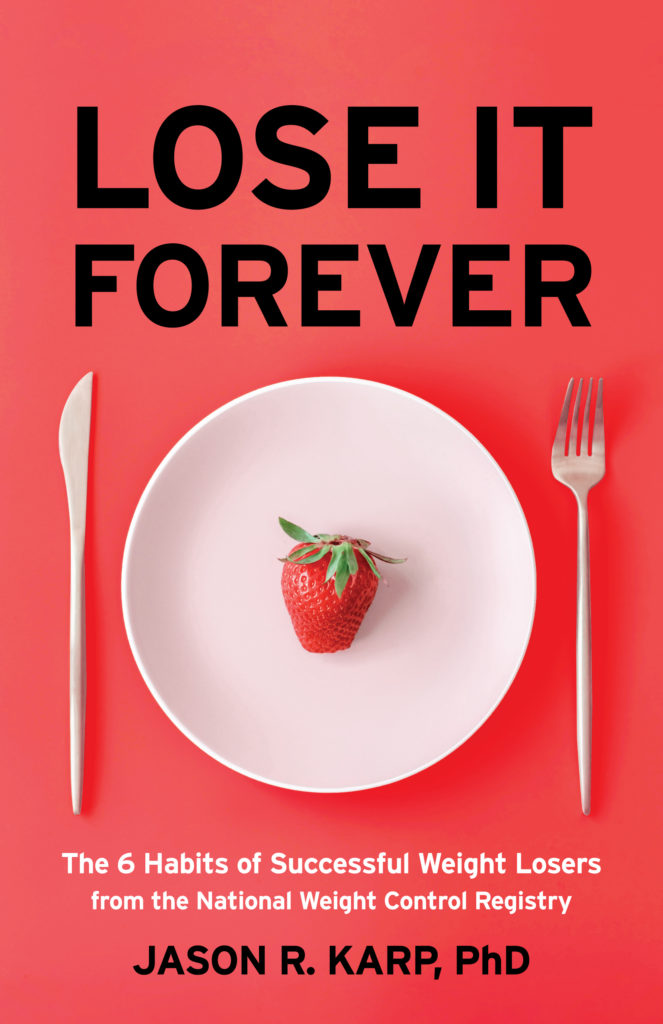In a review of the data from the National Health and Nutrition Examination Survey, scientists at Stanford University’s School of Medicine compared obesity, physical activity, and caloric intake in U.S. adults from 1988 to 2010. They found a significant association between the level of physical activity in the population—but not daily caloric intake—and the increases in body mass index and waist circumference. The proportion of adults who did not exercise increased dramatically from 1988 to 2010—19.1% to 51.7% among women, and 11.4% to 43.5% among men.
Finding no evidence that average daily caloric intake had increased over that time period, despite a continued upward swing in obesity, the scientists’ claimed that their findings do not support the popular notion that the rise in obesity in the U.S. is primarily a result of consuming more daily calories.
Yet, many popular weight-loss plans emphasize diet more than exercise. We are told to eat this, not that. However, emphasizing diet over exercise misses an important point—cutting calories and eating a more nutritious diet does not make you fitter and doesn’t do much to reset your metabolism.
Nutrition doesn’t give your muscles or your cardiovascular system a stimulus to which to adapt. Only exercise can provide that stimulus, sculpting your body and making you fitter and healthier. And because you must eat enough to maintain your resting metabolic rate (around 1,300 to 1,500 calories per day) so you can continue to live, caloric restriction is limited (you can’t cut your calories to only 100 per day, after all). By contrast, exercise is virtually unlimited. It’s hard to overdose on exercise.
For more info, read Lose It Forever: The 6 Habits of Successful Weight Losers from the National Weight Control Registry.
